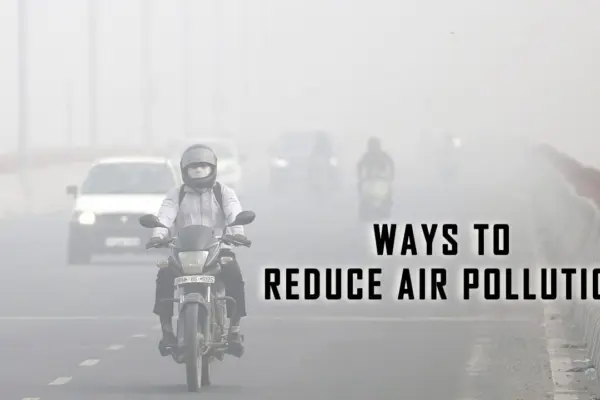Pangaia uses Air Pollution to Produce Fashionable Ink for Clothes
Love isn’t in the air, it is the pollution. While everyone is fighting it through their own ways, the streetwear label Pangaia is using air pollution to produce fashionable ink for clothes. That’s something nobody’s probably heard before.
The brand’s latest clothing collection features clothes and accessories that bear logos emblazoned using black ink made from toxic particles. These toxic particles otherwise would pollute the air and harm the health of all living beings.
However, Pangaia collaborated with Graviky Labs, a start-up formed out of an MIT project, to absorb the pollutants from the atmosphere and transform it into screen printing ink.
Graviky’s cofounder, Anirudh Sharma is an Indian native, where air pollution is a serious issue. The country is one of the most polluted on the earth, with at least 140 million people inhaling the toxic air.

The streetwear label Pangaia is using air pollution to produce fashionable ink for clothes | Image: Pangaia
Sharma focused specifically on carbon, one of the largest sources of air pollution released from factories and vehicles on large scale. He developed a process for filtering particulate matter from the atmosphere, isolating and purifying the carbon particles for making them safe to use.
Amanda Parkes, the chief innovation officer at Pangaia, said,
In the fashion sector, we spend a lot of time in synthetic chemistry, using a lot of toxic chemicals, to get a black this pure. We already have this perfect black ink in nature, so why not use it instead of synthesizing something else?
The collected particles were used to create solid and liquid inks – called Air-Ink. Graviky uses a cylindrical piece of equipment it calls the Kaalink to collect the exhaust, which is then sieved to eliminate heavy metals and carcinogens.
This new fashionable ink can be used to create dyes and patterns on fabric with further studies and experimentation. Pangaia and Sharma partnered on a version to implement in silkscreen printing, which is a way to apply patterns on clothes.
This sustainable fashion practice will help reduce air pollution and create something useful. The material provides an opportunity to start a conversation about fashion’s role in air pollution and climate change.
Via: Fast Company


